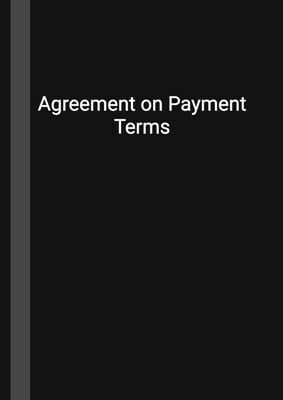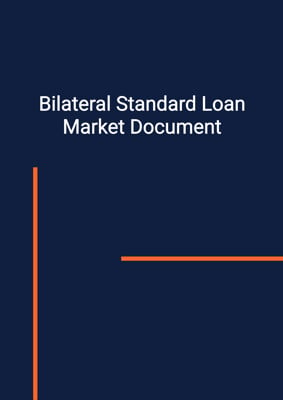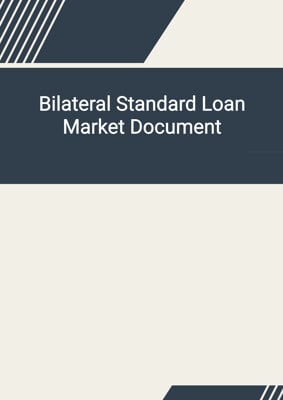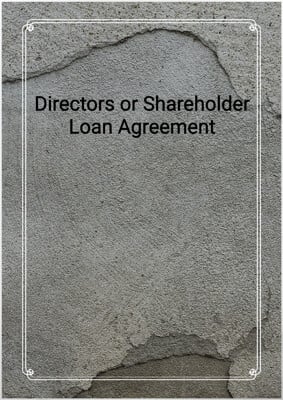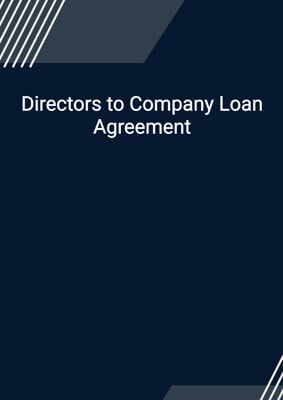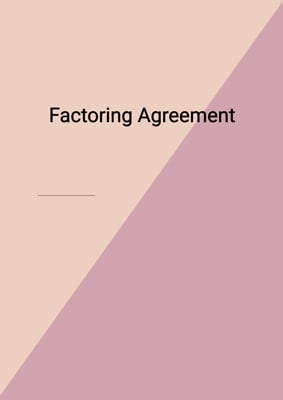How to Tailor the Document for Your Need?
01
Create Document
Fill in the details of the parties. You can click the "Fill with Member’s Information" button to complete it with information saved to your account.
02
Fill Information
Please fill in any additional information by following the step-by-step guide on the left hand side of the preview document and click the "Next" button.
03
Get Document
When you are done, click the "Get Document" button and you can download the document in Word or PDF format.
04
Review Document
Please get all parties to review the document carefully and make any final modifications to ensure that the details are correct before signing the document.
Document Preview
Document Description
The Commercial Loan Agreement (Corporate Borrower) is a document that outlines the terms and conditions of a loan between a lender and a corporate borrower. This document is of utmost importance as it serves as a legally binding agreement between the parties involved. It ensures that both the lender and the borrower are aware of their rights and obligations.
The entire document consists of several sections, each addressing a specific aspect of the loan agreement. The first section is the interpretation section, which provides definitions for key terms used throughout the agreement. These definitions help to clarify the meaning of certain terms and avoid any potential misunderstandings.
The second section of the document is dedicated to the loan itself. It states that the lender agrees to advance a specific amount of money to the borrower, and the borrower agrees to repay the loan according to the terms outlined in the agreement.
The third section covers the calculation and payment of interest. It specifies the interest rate that will be applied to the outstanding loan balance and outlines the borrower's obligations regarding interest payments. It also allows the borrower to make larger payments or pay off the entire loan balance before the prescribed dates of payment.
The fourth section focuses on the repayment of the loan. It states that the borrower is responsible for repaying the principal outstanding and any other amounts payable according to the agreed-upon repayment schedule. The document provides flexibility in determining the repayment date, allowing the borrower to choose between a specific date or a repayment schedule.
The fifth section addresses the payment and taxation aspects of the loan agreement. It specifies that all payments are to be made to the lender at their designated address during business hours. It also emphasizes that payments should be made without any deductions or set-offs, including for taxes.
The sixth section consists of representations made by the borrower. These representations affirm that the borrower is a duly incorporated company, has the necessary power and authority to enter into the agreement, and has provided accurate financial statements.
The seventh section outlines the events of default that may occur during the term of the loan agreement. It specifies the circumstances under which an event of default occurs and the consequences of such an event. If an event of default occurs and is not remedied within a specified timeframe, the lender has the right to demand immediate repayment of the outstanding loan balance.
The eighth section covers the notice requirements between the parties. It states that any notice or communication related to the agreement must be in writing and signed by the party giving it. It also specifies the methods of delivery and the deemed time of receipt for each method.
The ninth section includes miscellaneous provisions, such as the requirement for any amendments to the agreement to be in writing and the exclusion of legislation that may vary the borrower's obligations. It also clarifies that the rights, powers, and remedies provided in the agreement are cumulative and not exclusive.
The final section contains the governing law and jurisdiction clause, which determines the applicable law and the jurisdiction in which any disputes arising from the agreement will be resolved.
In summary, the Commercial Loan Agreement (Corporate Borrower) is a comprehensive document that covers all aspects of a loan agreement between a lender and a corporate borrower. It ensures that both parties are aware of their rights and obligations, and provides a framework for the repayment of the loan.
How to use this document?
To use the Commercial Loan Agreement (Corporate Borrower) effectively, follow these steps:
1. Review the document: Familiarize yourself with the entire agreement to understand its purpose and scope.
2. Enter the borrower and lender information: Fill in the names of the borrower and lender, ensuring that their principal places of business are accurately stated. This step is crucial for identifying the parties involved.
3. Specify the loan amount and terms: Clearly state the loan amount and the terms of repayment, including the interest rate and the repayment date. This ensures that both parties are aware of the financial obligations.
4. Describe the services: Provide a detailed description of the services to be provided by the borrower. This helps to clarify the scope of work and avoid any misunderstandings.
5. Agree on payment terms: Determine the length of the warranty and the time of payment after the completion of the work. This ensures that both parties are aware of the payment terms and the duration of the warranty.
6. Specify damages for non-completion: If the work is not completed by the agreed-upon completion date, specify the amount of damages per week that the borrower is liable to pay. This clarifies the consequences of non-completion.
7. Understand the events of default: Familiarize yourself with the events that may trigger a default and the consequences of such an event. This helps to mitigate risks and ensure compliance.
8. Follow the notice requirements: Adhere to the notice requirements outlined in the agreement when communicating with the other party. This ensures that all communications are properly documented.
9. Seek legal advice if needed: If you have any doubts or concerns about the agreement, consult with a legal professional to ensure that your rights and interests are protected.
By following these steps, you can effectively use the Commercial Loan Agreement (Corporate Borrower) to establish a clear and mutually beneficial loan agreement between the lender and the borrower.
Not the right document?
Don’t worry, we have thousands of documents for you to choose from:

